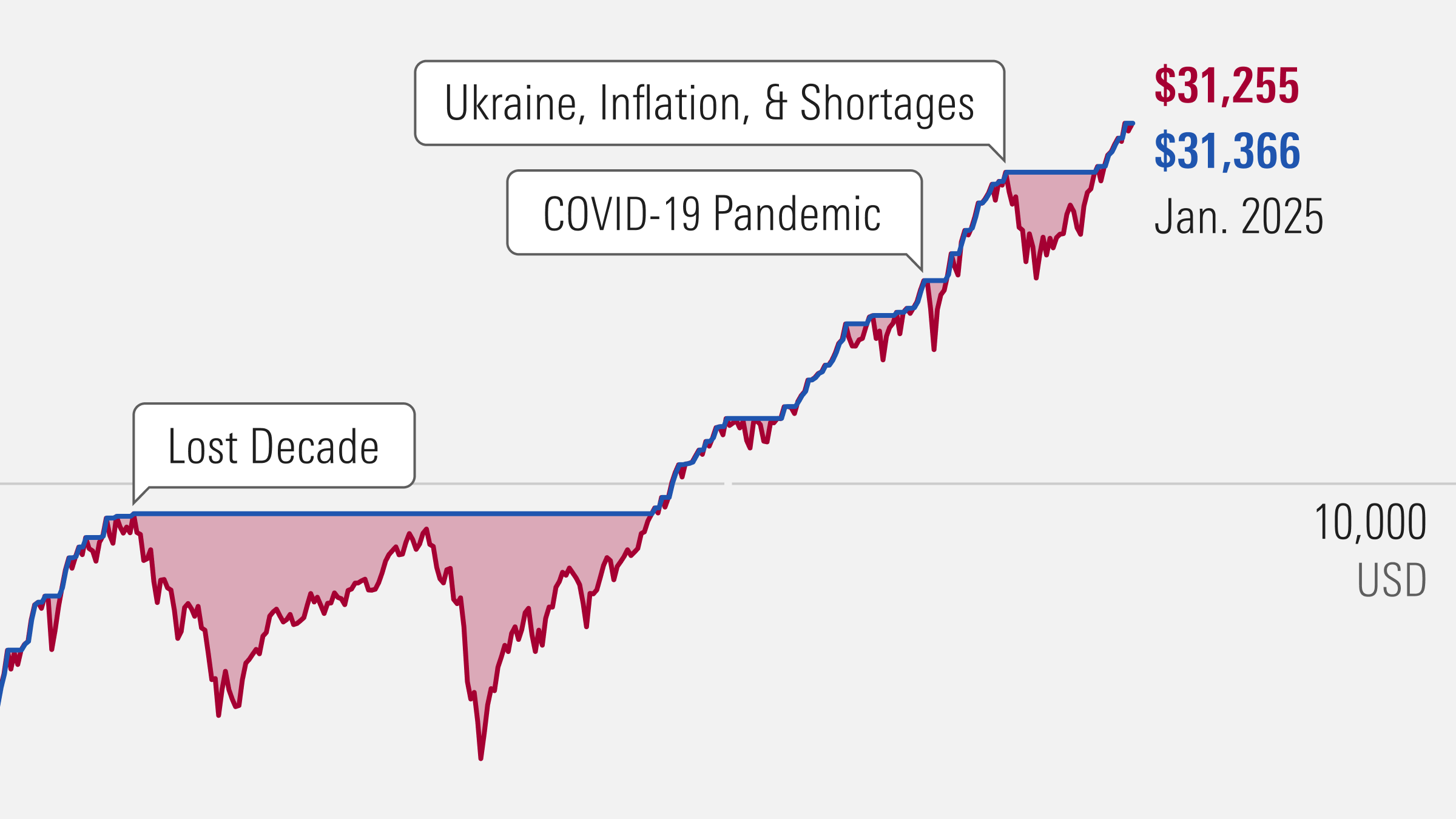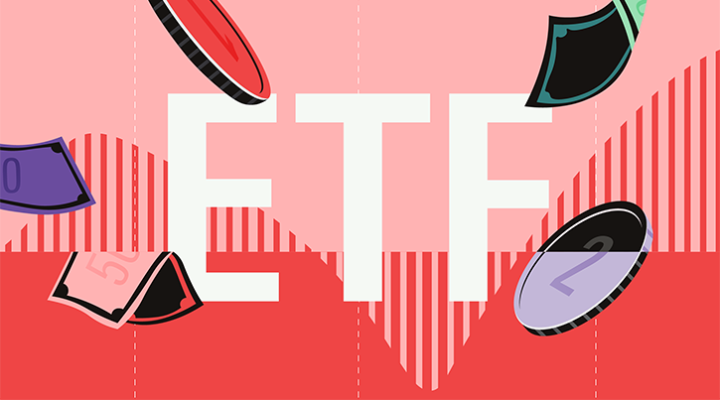Buoyed by strong market performance, European investors turned positive on funds in January. Long term funds captured EUR 13 billion in net new assets in January 2012. Money market funds attracted EUR 9 billion. The European funds industry still has a long way to go to erase 2011’s outflow of more than EUR 120 billion, but 2012 is off to a good start.
Strong flows to money markets could be related to what is known as the ‘bed & breakfasting’ phenomenon,where French institutions withdraw capital from short-term funds in December for tax reasons, then reinvest. This would explain the outflows from BNP Paribas and Amundi’s money market funds in December and their strong inflows in January. European money market funds likely benefited, too, from a shift out of longer term Euro-denominated debt, as the Eurozone crisis drags on.

Fixed income funds attracted nearly EUR 7 billion in January, the first positive flow to the broad asset class since July 2011. A hunger for yield was evident. Just as they did in 2010 and early 2011, European investors flocked to corporate debt—especially of the high-yield variety. The three most popular Morningstar fixed income categories were EUR High Yield Bond, EUR Corporate Bond, and US High Yield Bond. Meanwhile, investors shifted out of low-yielding bond funds and those investing in longer term government paper.
In contrast to the US, where investors continue to flee stock funds, equity funds domiciled in Europe attracted more than EUR 3 billion in January, their first positive month of flows since May 2011. Clearly strong market performance is bringing some capital in off the sidelines. Debt funds certainly look riskier to Europeans than to Americans at the moment.
Other broad asset classes also reversed the negative momentum of 2011’s second half. Funds in the allocation, alternatives, and commodities groups all enjoyed modest inflows in January.
Investors Hunt for Growth, Not Always Fruitfully
Within equities, investors preferred global- and Asia-focused categories to European ones in January. Global emerging markets funds enjoyed their strongest inflows since April 2011. Aberdeen Emerging Markets was the category’s biggest winner with EUR 600 million in inflows in January. Investors seeking dedicated emerging markets exposure are making a good choice: Not only has the fund earned a 5-star Morningstar Rating for its risk-adjusted record, Morningstar fund analysts have conviction in its ability to outperform in the future, as evidenced by its Gold Morningstar Analyst Rating.
Templeton Global Bond suffered its fifth consecutive month of outflows in January. Investors withdrew more than EUR 500 million in the month from the European version of this global mega-fund, even as manager Michael Hasenstab’s bet on Irish sovereign debt led to an impressive rebound in the fund’s performance.
Unfortunately, investors have mistimed their purchases and sales of this fund, buying in after periods of strong performance and selling during slumps. Thus, while the fund’s A Acc € share class has returned an average of 10.1% per year over the trailing five-year period to January 31, 2012, the fund’s five-year Morningstar Investor Return averaged just 5.7 % per year. (The gap between Investor Returns and Total returns was negative for all classes of this fund for which we have asset data, although the gap was highest for the A Acc € and A Acc $ shares. The average gap was 196 bps).
A Strong Month for Passive
Europe’s still fairly small universe of index funds enjoyed a strong month in January. The EUR 1.2 billion worth of inflows into index funds, including Vanguard Pacific ex-Japan Stock Index Fund, BlackRock UK Equity Tracker and Credit Suisse Switzerland Bond Index, represented the largest inflow to passive funds since January 2011.
In the US, passive funds and ETFs have been taking market share from traditional actively managed funds for some time. Passive funds account for more than 14% of assets in the traditional open-end space in the US. Vanguard, the leading manager of index funds, is America’s largest asset manager and increased its market share in 2011. On a pan-European basis, passive funds control just above 4% of traditional open-end assets.
Flows to low-priced index funds and ETFs could create downward pressure on the European fund expenses. This would be a positive for investors. Research by Morningstar and others have demonstrated that low cost funds enjoy an in-built performance advantage.
























